Microsoft boss Mikhail Parakhin claims that despite offering more money than Google, the company was still turned down by Apple.


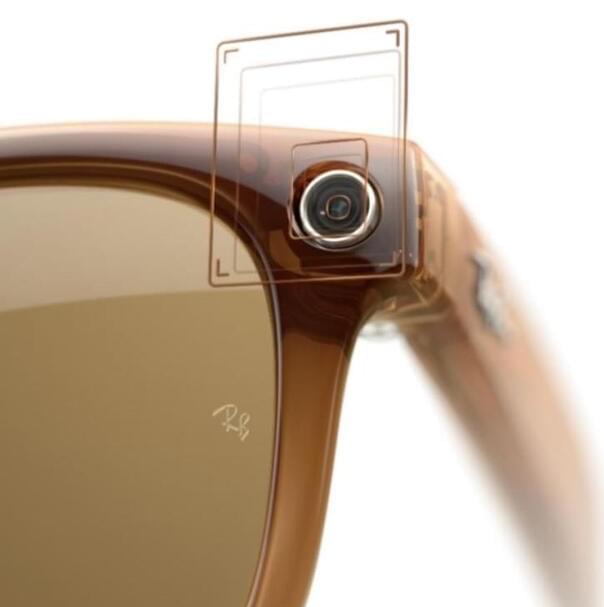

These stylistic choices make the Aṣṭādhyāyī shorter and easier to memorize than it would be otherwise — some historians believe it was initially composed orally — but also incredibly dense. That density leads to rule conflicts, in which two rules may apply simultaneously to the same word yet produce different outcomes.
Pāṇini did provide a meta-rule to solve such conflicts. According to traditional scholarship, this meta-rule states that “in the event of a conflict between two rules of equal strength, the rule that comes later in the serial order of the Aṣṭādhyāyī wins.”
Seems simple enough. But when applied, this meta-rule yields many exceptions. To correct those exceptions, scholars have for centuries created their own meta-rules. However, those meta-rules yielded even more exceptions, which required the creation of additional meta-rules (meta-meta-rules?). Those meta-rules in turn created even more exceptions — and you see where this is going.
Patreon: https://www.patreon.com/daveshap.
LinkedIn: https://www.linkedin.com/in/dave-shap-automator/
Consulting: https://www.daveshap.io/Consulting.
GitHub: https://github.com/daveshap.
Medium: https://medium.com/@dave-shap.
00:00 — Introduction.
00:38 — Landauer Limit.
02:51 — Quantum Computing.
04:21 — Human Brain Power?
07:03 — Turing Complete Universal Computation?
10:07 — Diminishing Returns.
12:08 — Byzantine Generals Problem.
14:38 — Terminal Race Condition.
17:28 — Metastasis.
20:20 — Polymorphism.
21:45 — Optimal Intelligence.
23:45 — Darwinian Selection “Survival of the Fastest“
26:55 — Speed Chess Metaphor.
29:42 — Conclusion & Recap.
Artificial intelligence and computing power are advancing at an incredible pace. How smart and fast can machines get? This video explores the theoretical limits and cutting-edge capabilities in AI, quantum computing, and more.
We start by looking at the Landauer Limit — the minimum energy required to perform computation. At room temperature, erasing just one bit of information takes 2.85 × 10^−21 joules. This sets limits on efficiency.
Quantum computing offers radical improvements in processing power by utilizing superposition and entanglement. Through quantum parallelism, certain problems can be solved exponentially faster than with classical computing. However, the technology is still in early development.
The human brain is estimated to have the equivalent of 1 exaflop processing power — a billion, billion calculations per second! Yet it uses just 20 watts, making it vastly more energy-efficient than today’s supercomputers. Some theorize the brain may use quantum effects, but this is speculative.
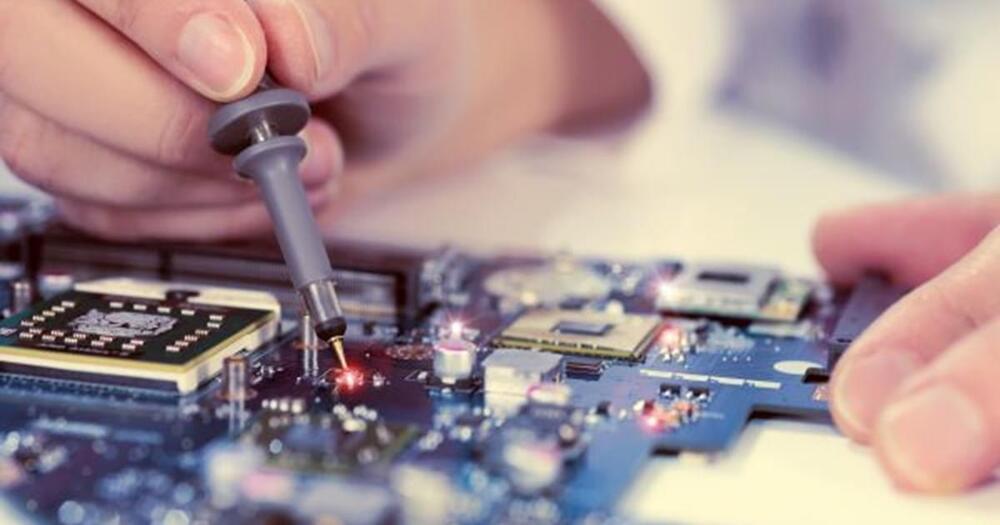
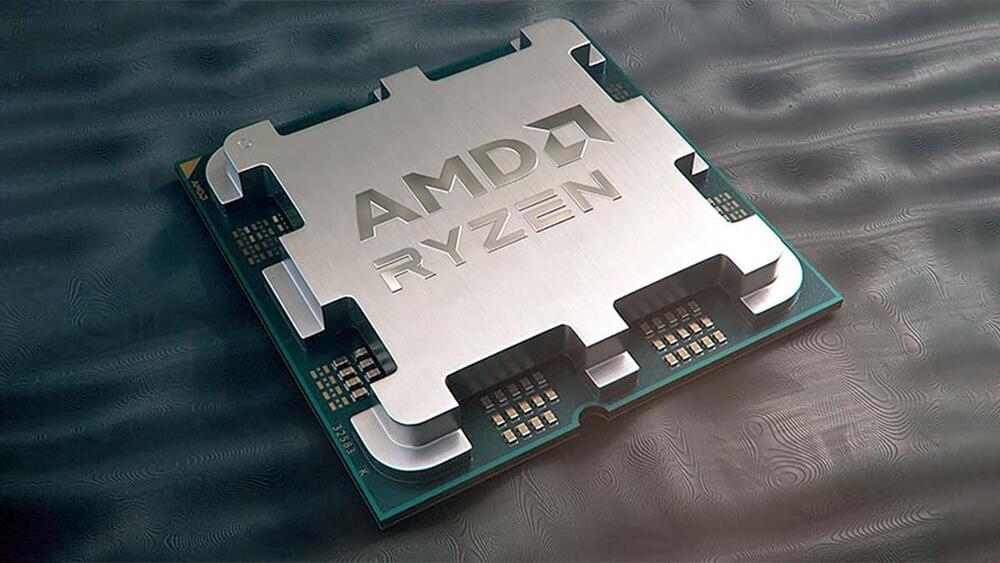
YouTube channel Moore’s Law Is Dead leaked two new allegedly official AMD slides detailing key specifications and IPC targets for Zen 5 and Zen 6. The new slides report that Zen 5 will be a significant architectural overhaul over Zen 4, targeting 10 to 15% IPC improvements or more. Zen 5 will also reportedly incorporate 16 core CCXs for the first time. Before we go much further, we’ll need to sprinkle a healthy amount of salt on this report.
A new leak has revealed highly in-depth architectural details about AMD’s Zen 5 and Zen 6 CPU architectures, including core architectural improvements and IPC gains.
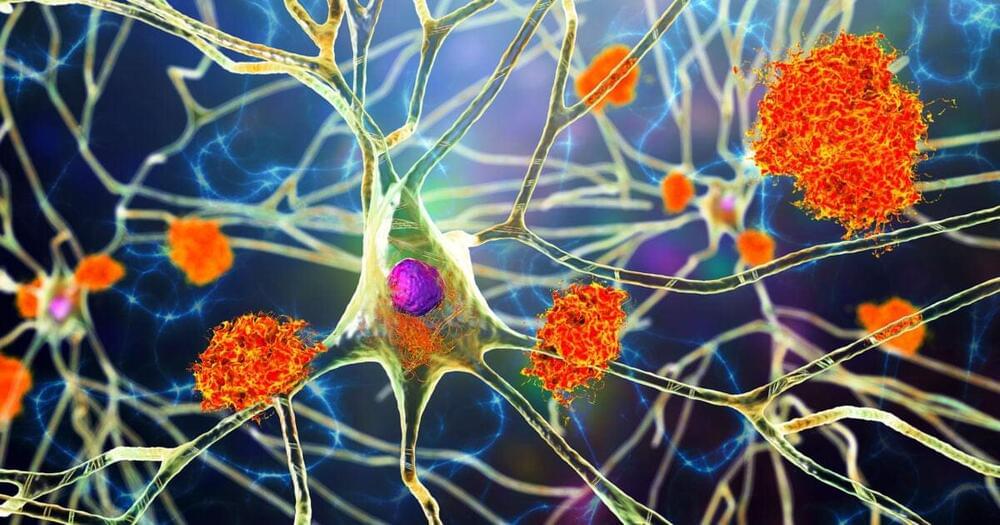
Repost, but if you know someone’s dealing with such, the information can help you and them. The suppressing of it can not help anyone.
Alzheimer’s disease varies widely in its age of onset, presentation, and severity. Recently, the SORL1 gene has received increased attention since variations in this gene have been associated with both early-and late-onset Alzheimer’s. However, little is known about how damage to SORL1 leads to disease.
Using stem cells from patients with Alzheimer’s, investigators from Harvard-affiliated Brigham and Women’s Hospital found that loss of normal SORL1 function leads to a reduction in two key proteins known to be involved in Alzheimer’s and which play an essential role in the neurons of healthy individuals.
Their results, published in Cell Reports, suggest a potential strategy for Alzheimer’s disease treatment, especially for patients not responsive to existing therapies.
By BWH Communications.
Date August 22, 2023 August 22, 2023
The last 2 questions and the answers are great. The first starts at 30 minutes. And I like his answer to the 2nd question especially, the time is 33:54. “What is giving me great hope is that we’re entering the phases where we have more than enough tools to get really get close to escape velocity.”
Genome Engineering for Healthy Longevity – George Church at Longevity Summit Dublin 2023.
#GeorgeChurch #GenomeEngineering #HealthyLongevity #LongevitySummitDublin2023 #AgingResearch #DublinConference #LongevityScience #BiomedicalEngineering #GeneticModification #DublinTalks #GenomicInnovation #MedicalScience #LongevityResearch #PrecisionMedicine #AgingInterventions #Healthspan #GenomeEditing #AntiAging #LongevityInsights #Genetics #Innovation

The transition to Artificial General Intelligence (AGI) signifies more than a change in terminology; it represents a major leap in capabilities. It will take many years for AGI to be fully realized, but we are well underway in this evolution. In the meantime, most of the AI applications developed remain classified as NarrowAI.
Simply, AGI is any task that a human can do could be accomplished by general AI. It technically has all the potential of a human brain. It could tackle any problem or task in any area, whether it be music composition or logistics—all the potential actions humans can perform.
This article discusses General AI and highlights how the AI industry is unfolding advancing efforts to develop General AI.
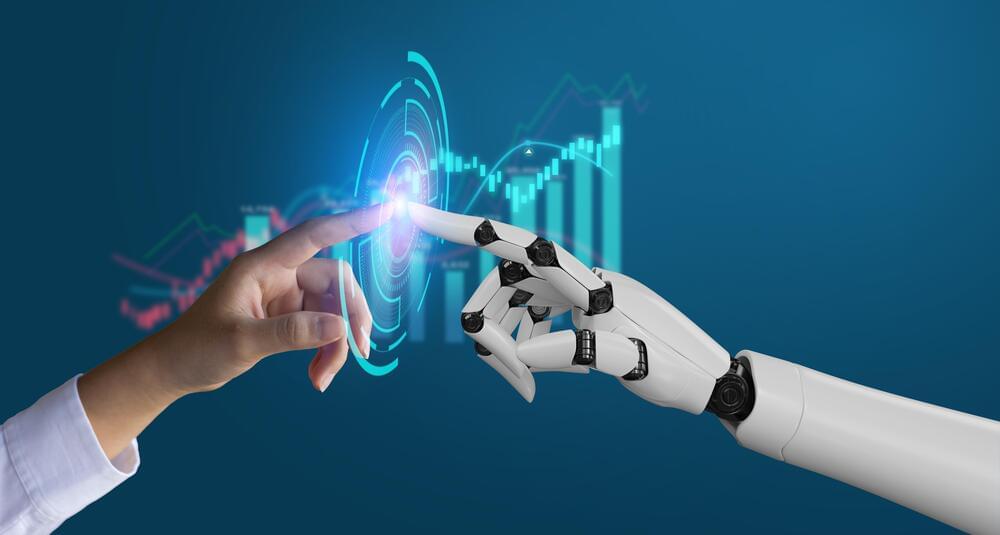
You cannot read any newspaper, media report, or publication these days without a mention of AI and its impact to disrupting business in shaping new ways or working, augmenting human intelligence, or raising genuine fears of what have we unleashed in our societal structures.
IBM’s survey in 2022 predicted that the AI global adoption is already over 35 percent in using AI to modernize business practices and processes.
It’s already over a decade now since Oxford researchers, Carl Frey and Michael Osborne in their seminal research, declared that over 47 percent of jobs would disappear by 2030.
Even futurists like Kevin Kelly were warning back in 2016 that the Robots are Coming.
What is the… More.
This article discusses AI and the impact it is having on jobs.